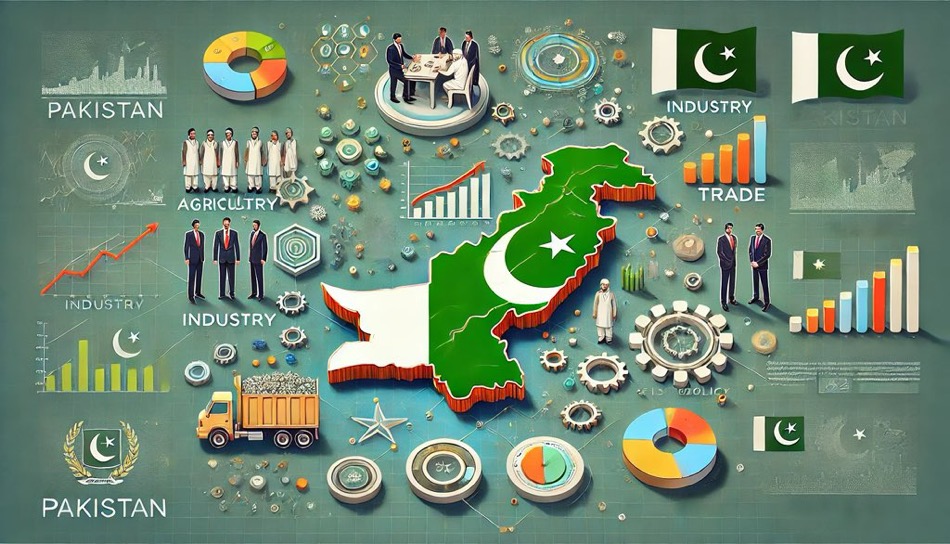Pakistan is currently facing a deep-rooted economic and social crisis, a fact acknowledged by economic experts, policy institutions, and international organizations alike. According to both national and global economists, approximately 44% of the population lives below the poverty line, around 20 million youth are unemployed, and nearly 30 million children are out of school, highlighting a severe decline in human development indicators (Pasha, 2024; Dawn News, 2024).
The primary causes of this economic deterioration include political instability, widespread corruption, weak institutional frameworks, soaring inflation, and chronic state neglect of the education and healthcare sectors (World Bank Pakistan Overview, 2023; Transparency International Pakistan Report, 2024). In the education sector, Pakistan lags behind most South Asian countries, while the labor market offers limited access to quality skills training, employment opportunities, and financial support for young entrants (UNDP Human Development Report, 2023; PIDE Youth Unemployment Survey, 2024).
If these trends persist without immediate corrective action, the country risks further social unrest, rising crime rates, and increasing global isolation. Experts recommend that the government develop a National Economic Charter through cross-party consensus to ensure policy continuity, transparency, and welfare-oriented priorities. In addition, targeted initiatives such as business incentives for youth, technical skills training, and inclusion in the digital economy are essential (State Bank of Pakistan Annual Report, 2023; IMF Staff Report on Pakistan, 2024).
Without these reforms, Pakistan’s economic future remains highly uncertain
Altaf Choudhry
02.07.2025



Leave a Reply